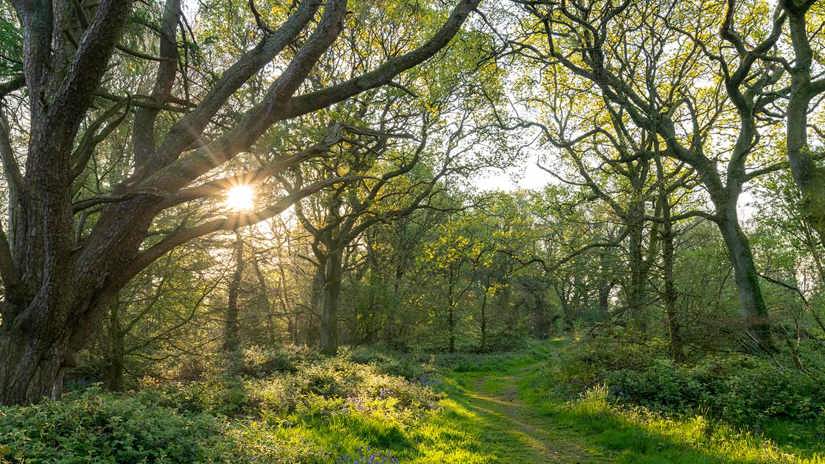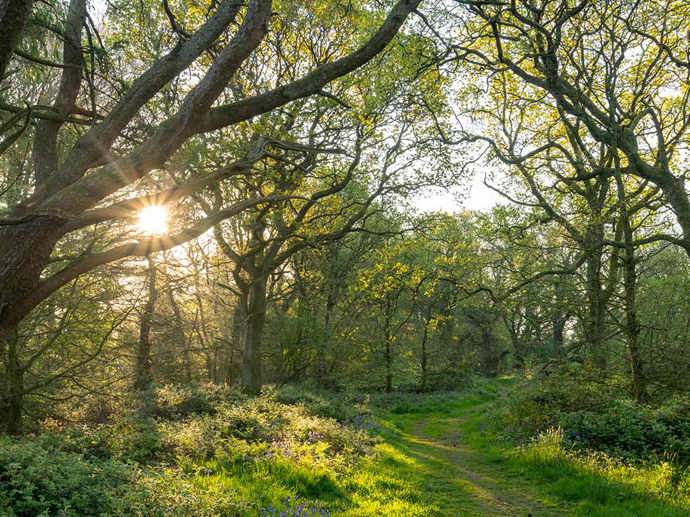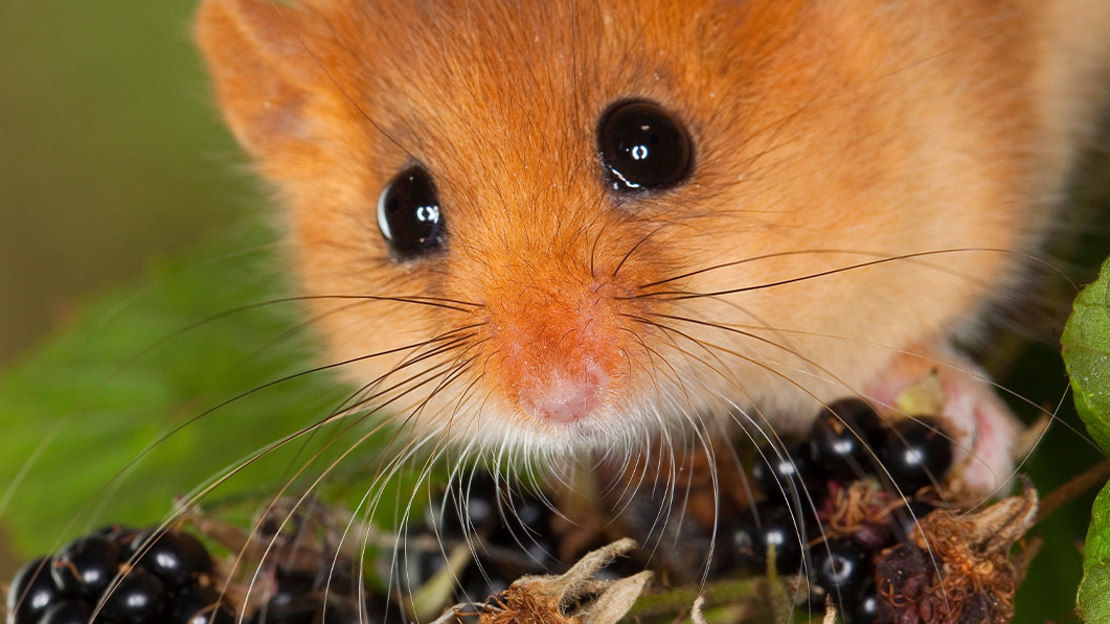

Go exploring
Primordial landscapes, tangled branches, breathtaking wildlife and miles of woodland trails. From the countryside to cities, we care for thousands of woods throughout the UK, all free to visit.
The UK’s woodlands are rich and diverse, supporting more invertebrates than any other habitat. From lush temperate forests, to orchards and old hunting grounds. Each is varied and complex, shaped by geology, soils, climate and people over generations. With special and often spectacular wildlife, they are magical places.
Trees woods and wildlife
Home to myth and legend, where folk tales began. It fuelled our ancestors and still houses thousands of species. Ancient woodland has grown and adapted with native wildlife, yet what remains only covers 2.5% of the UK.
Trees woods and wildlife
Sun-dappled and ever-changing, broadleaved woodland across the UK provides ideal conditions for more species than you can count! We fight to protect it, and make much more, but, the UK is still one of the least wooded countries in Europe.
Trees woods and wildlife
For millennia, Caledonian pine forests blanketed loch sides and glen. Home to myth, legend, and rare wildlife, only a tiny fragment of this once vast landscape now remains. Other native coniferous woods include rare juniper and yew woodlands.
Trees woods and wildlife
Dead and decaying wood is one of any woodland's most important microhabitats. Learn more about why we need more of it, as well as the rare and endangered beetles, colourful fungi and other threatened wildlife that relies on it.
Trees woods and wildlife
From woodland glades and wildflower meadows, to pasture and sports fields, grassland covers large areas of the UK. They can be diverse wildlife havens and many have developed from human activities.
Trees woods and wildlife
Shaped by our ancestors for life’s essentials. Open heathlands provided grazing, foraging, and vital materials. Find out how they support specialist wildlife and form mosaics with other open and wooded habitats.
Trees woods and wildlife
Small but mighty, hedges are an essential refuge for wildlife, clean our air, capture carbon, reduce flooding and give clues to historic land management. Find out more.
Trees woods and wildlife
Small yet mighty, these vibrant hubs of life are essential for biodiversity. Peek into the miniature worlds hidden within our trees.
Trees woods and wildlife
Buzzing with life and fruitful harvests. Orchards are both useful for food, but also for a huge range of wildlife. Though many have been lost, there is hope for the orchard!
Trees woods and wildlife
Young and industrious, a plantation can be for profit, a new haven for wildlife and a way to lock up carbon. Many of our native ancient woods were sacrificed for timber plantations during and after the World Wars, so now we’re on a mission to restore them.
Trees woods and wildlife
Soil is the basis of most habitats on earth. Each and every woodland is a representation of the soil it grows on, and each handful is bustling with life.
Trees woods and wildlife
Also known as Atlantic or Celtic rainforest, this special habitat is incredibly rare. Its lush conditions are perfect for scarce plants, lichens and fungi, as well as a number of unusual animals.
Trees woods and wildlife
Underrated heroes, colourful comforts and spaces for people and wildlife. Urban trees and woodland are all the more valuable for their location. They support plants and animals, clean our air and boost wellbeing.
Trees woods and wildlife
Wild, transient, boggy and rare. Wet woodlands are now some of our least common wooded habitats. Trees like alder, willows and birch dominate on wet soils, whilst sedges, ferns and mosses flourish beneath.
Trees woods and wildlife
Home of history and ancient trees, there’s more than meets the eye to wood pasture and parkland. These sites are often mixtures of habitats, with scrub and denser woodland groves, to more open grassland or heathland with scattered trees.


Primordial landscapes, tangled branches, breathtaking wildlife and miles of woodland trails. From the countryside to cities, we care for thousands of woods throughout the UK, all free to visit.

Woodland wildlife is fading before our eyes. Please support our appeal to save rare and threatened species.
Donate now